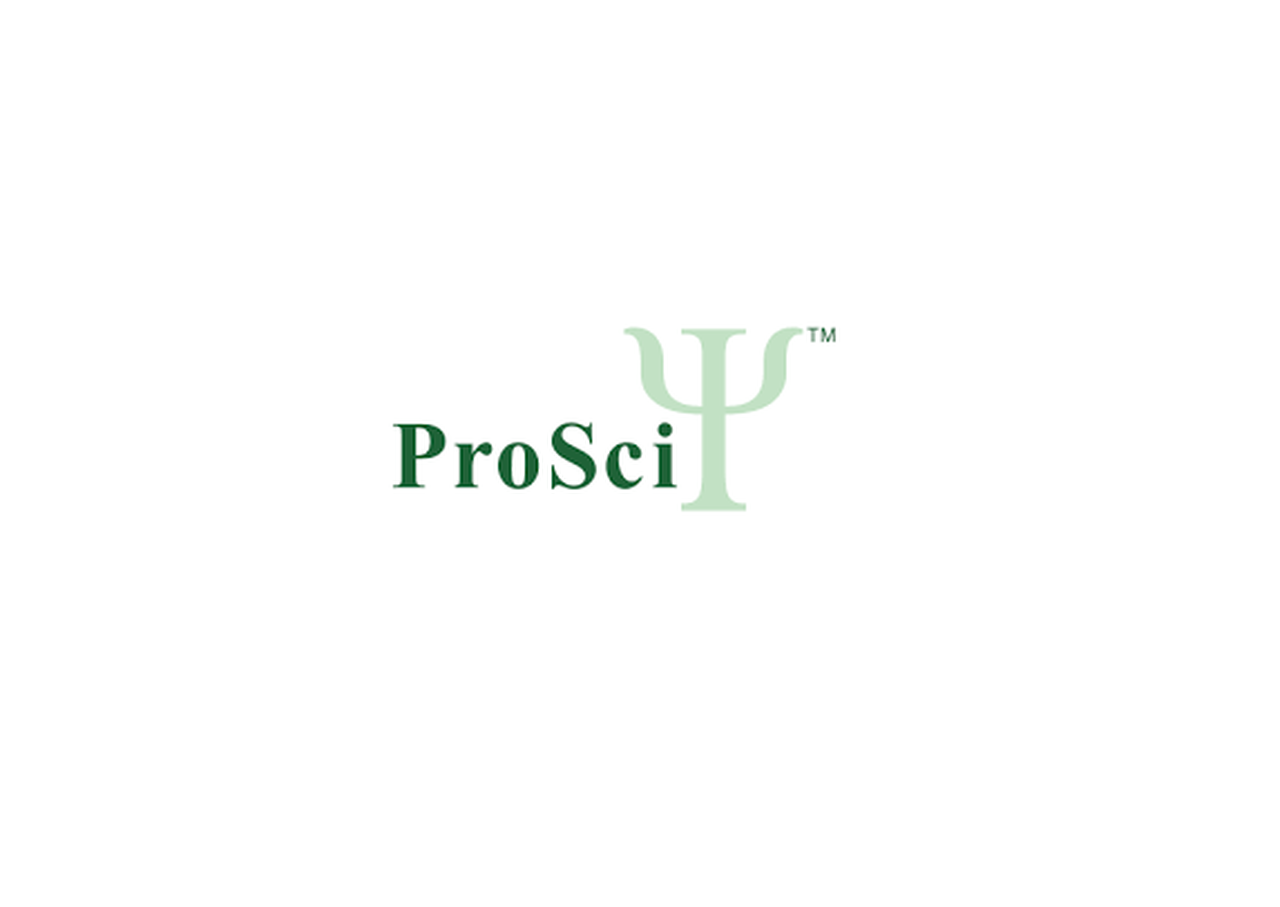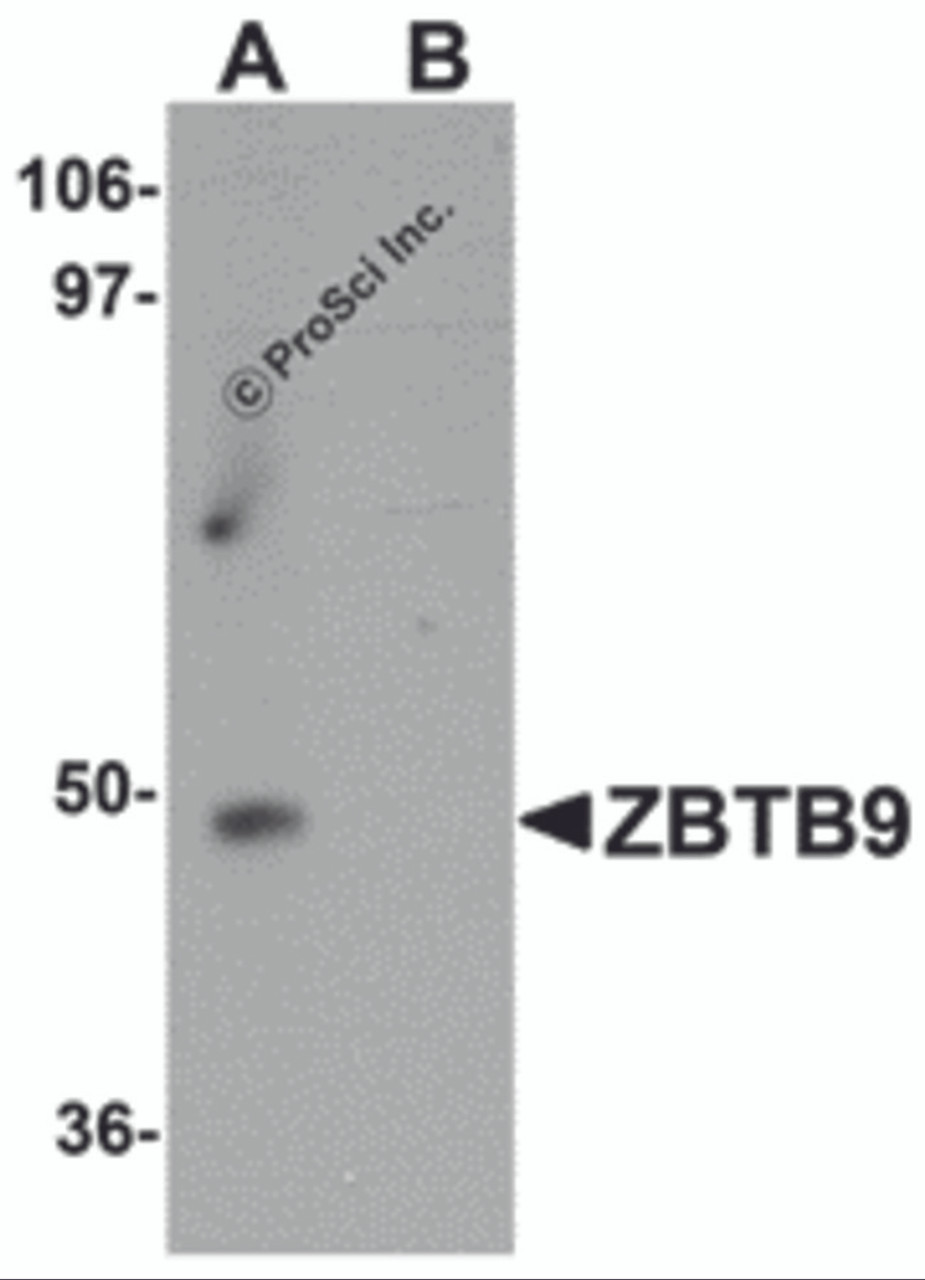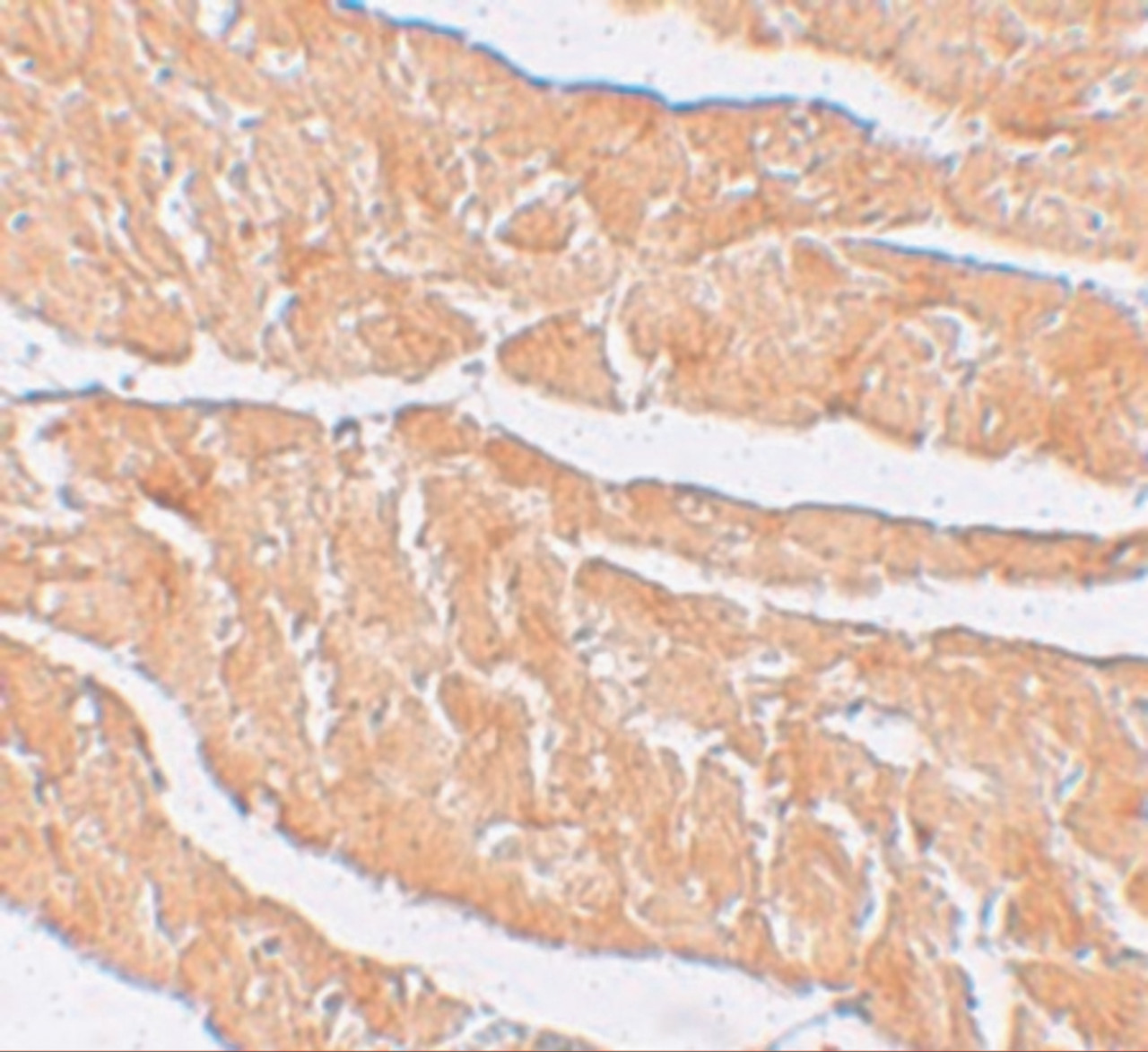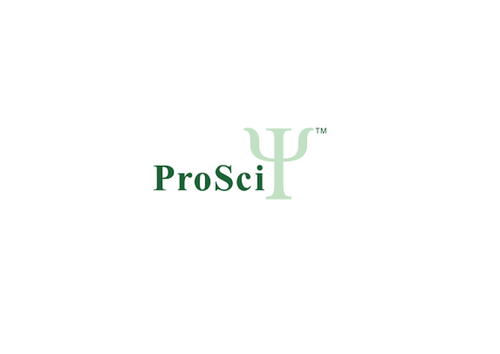Product Description
ZBTB9 Antibody | 6131 | ProSci
Host: Rabbit
Reactivity: Human, Mouse
Homology: N/A
Immunogen: ZBTB9 antibody was raised against a 15 amino acid synthetic peptide near the carboxy terminus of human ZBTB9.
The immunogen is located within the first 50 amino acids of ZBTB9.
Research Area: Cancer, Cell Cycle
Tested Application: E, WB, IHC-P, IF
Application: ZBTB9 antibody can be used for detection of ZBTB9 by Western blot at 1 μg/mL. Antibody can also be used for immunohistochemistry starting at 2.5 μg/mL. For immunofluorescence start at 5 μg/mL.
Antibody validated: Western Blot in mouse samples; Immunohistochemistry in mouse samples and Immunofluorescence in mouse samples. All other applications and species not yet tested.
Specificiy: This antibody is predicted to not cross-react with other ZBTB protein family members.
Positive Control 1: Cat. No. 1401 - Mouse Heart Tissue Lysate
Positive Control 2: N/A
Positive Control 3: N/A
Positive Control 4: N/A
Positive Control 5: N/A
Positive Control 6: N/A
Molecular Weight: N/A
Validation: N/A
Isoform: N/A
Purification: ZBTB9 Antibody is affinity chromatography purified via peptide column.
Clonality: Polyclonal
Clone: N/A
Isotype: IgG
Conjugate: Unconjugated
Physical State: Liquid
Buffer: ZBTB9 Antibody is supplied in PBS containing 0.02% sodium azide.
Concentration: 1 mg/mL
Storage Condition: ZBTB9 antibody can be stored at 4˚C for three months and -20˚C, stable for up to one year. As with all antibodies care should be taken to avoid repeated freeze thaw cycles. Antibodies should not be exposed to prolonged high temperatures.
Alternate Name: ZBTB9 Antibody: ZNF919, Zinc finger and BTB domain-containing protein 9
User Note: Optimal dilutions for each application to be determined by the researcher.
BACKGROUND: ZBTB9 Antibody: The ZBTB family of proteins is comprised of diverse zinc finger proteins that also contain a BTB (BR-C, ttk and bab) domain. ZBTB9, also known as ZNF919, is present in multiple tissues, and is highly expressed in the cytoplasm of the placenta. While little is known about ZBTB9, other ZBTB proteins, such as ZBTB4 bind methylated DNA and repress transcription. Another ZBTB proteins, ZBTB7A, has been implicated as a proto-oncogene whose overexpression contributes to malignancy in breast cancer, suggesting that ZBTB9 may act as a transcriptional repressor or be involved in tumorigenesis.
 Euro
Euro
 USD
USD
 British Pound
British Pound
 NULL
NULL












